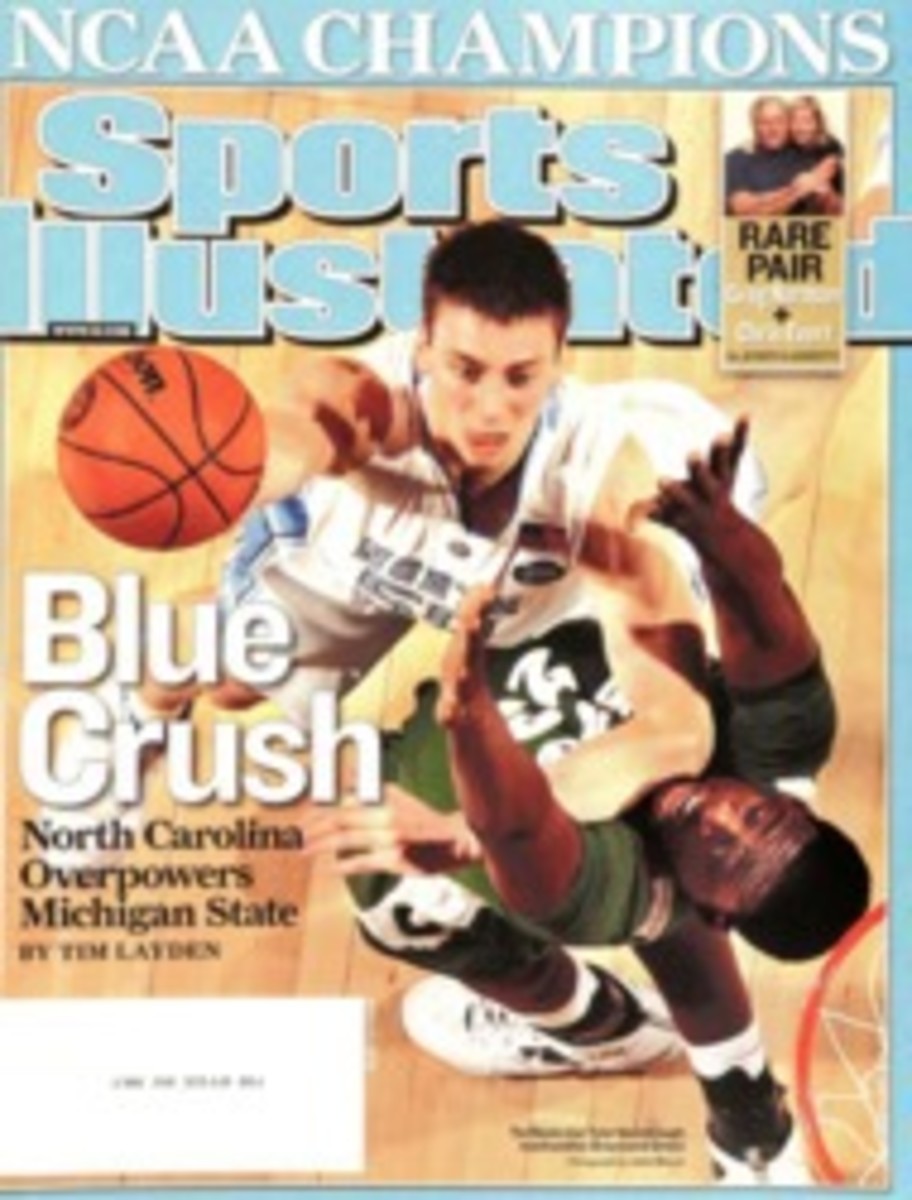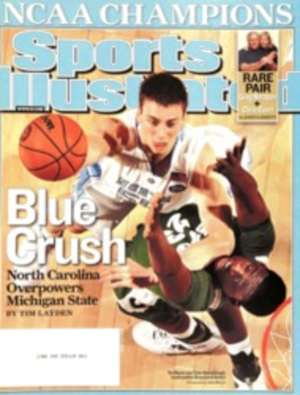
The Kids Aren't Alright
LYLE MICHELI meets thousands of young athletes each year, from Little Leaguers to Olympic hopefuls. He asks each one this simple question: Where does it hurt?
Micheli is well qualified to interpret their answers. Thirty-five years ago he and several other doctors at Children's Hospital Boston founded the first clinic in the U.S. for kids hurt playing sports. In those days most of their patients were hobbled by garden-variety acute injuries—ankles sprained rounding second base and shoulders hyperextended by blitzing linebackers.
Today Micheli's young patients fit a different profile. Their injuries tend to be caused by chronic overuse. They've trained—and overtrained—in their sports until their bodies just can't take it anymore. By Micheli's estimate, three quarters of the youth players seeking care at the clinic have been damaged by doing too much too fast, often when they were too young. That's up from 20% in the 1990s. The American Academy of Pediatrics is concerned enough about overuse injuries to have a policy statement. Says pediatrician Joel Brenner, the author of the AAP paper, "We always hear about the obesity epidemic. Yet on the other end of the spectrum, there's definitely a group of kids who are too active."
Overuse injuries are showing up in all sports. Doctors have encountered tennis elbow and eight-year-olds with Little League shoulder. They treat football players, volleyball players, runners and skaters. "I see one or two fencers a year," says Eric Small, a pediatric sports doctor in Mount Kisco, N.Y., who treats them for wrist and elbow tendinitis, and occasionally for thoracic outlet syndrome, a pinched nerve in the shoulder blade that causes numbness in fingers and hands.
What irks Micheli and his colleagues is that most overuse injuries are easily prevented. By introducing variety, moderation and rest into an everyday sports routine, a child's risk can be cut to nearly zero. The problem doesn't lie with the kids, though; it lies with the adults—the great enablers. Where they go, lugging their runaway sports ambitions for their children, overuse injuries inevitably follow.
Micheli, like most doctors who treat young athletes, has a medicine cabinet filled with stories of well-meaning if hopelessly overinvested parents. Orthopedic surgeon Scott Maughon recalls an anxious mother who came to his Atlanta-area office with her 10-year-old daughter, a tennis player with an aching shoulder. The mother explained to Maughon that her daughter was rapidly climbing the state junior tennis rankings. To meet the family's goals, she had two weeks to reach No. 5.
During an exam Maughon diagnosed a stress fracture, a potentially serious injury that could interfere with normal growth of her shoulder. He explained to the mother that her daughter should take a break from tennis of up to six months. It wasn't the answer she had come for. As Maughon recalls, the mother flew into a "screaming, stomping" rage, assailing the doctor for being overly cautious and insisting that the girl didn't need any time off—she could be treated just as well with physical therapy. "It was one of those cases where a parent absolutely refuses to deal with reality," says Maughon. "Do parents think I get a thrill out of shutting a kid down? You can go to a chiropractor. Wish on a star. Try a magnet. Wear garlic. The fact of the matter is your child needs rest."
Dr. John DiFiori, chief of sports medicine at UCLA's David Geffen School of Medicine, and a physician for UCLA's sports teams, remembers a similar case: a 10-year-old boy who came to his office complaining of pain in his knee. DiFiori learned that the boy had been playing soccer nearly nonstop, multiple games and practices each week, for two years. In the previous year he had just two weeks off from the sport. DiFiori diagnosed a growth-plate injury and recommended that the boy take a lengthy break. His father, who was also his coach, was angered nearly to the point of ignoring the doctor's orders. "He kept asking, Why does he have to stop playing?" says DiFiori.
The father's combativeness underscores a point that too many parents seem to forget: Children need someone to look out for them, because they can't always look out for themselves. "You have a kid who is not capable intellectually of understanding the situation, and a parent who is insisting on [continuing behavior that led to] an injury," DiFiori says. "Some people would have viewed it as child abuse." Luckily, the boy's mother approved of the treatment, and within a year her son had fully recovered. (She later sent DiFiori an e-mail apologizing for her husband's behavior.)
These misguided priorities are evident even in parents who understand the medical risks they're taking on behalf of their kids. "I had a physician's family come in," says Micheli. "The mother was an emergency-room doctor. Her son had Little League elbow, which I operated on. The first question out of her mouth in the recovery room was, 'When do you think he can play again?' Not, 'How did the surgery go?' Or, 'How's the elbow going to be?' The loss of perspective was amazing."
That was a civil conversation compared with another memorable parent encounter Micheli had. An injured girl had come to see him, and he was taking a medical history—or trying to. After each question the girl's anxious mother chimed in to remind Micheli what a talented tennis player her daughter was and how important it was that he do whatever was necessary to get her back into match shape. Micheli recalls telling the woman, "I deal with this all the time. I understand how important sports are to kids. I have written books about it."
The mother replied, "We're not going to read your books, doctor. We just want her better."
Mark Hyman is the author of Until It Hurts: America's Obsession with Youth Sports and How It Harms Our Kids (Beacon Press).
NOW AT SI.COM
Your one stop for offbeat humor and the wackiest sports stories and links, including Hot Clicks and the Daily List, is SI.com/bonus.
"We always hear about the obesity epidemic, but there's a group of kids who ARE TOO ACTIVE."
ILLUSTRATION
ILLUSTRATION BY FRED HARPER

